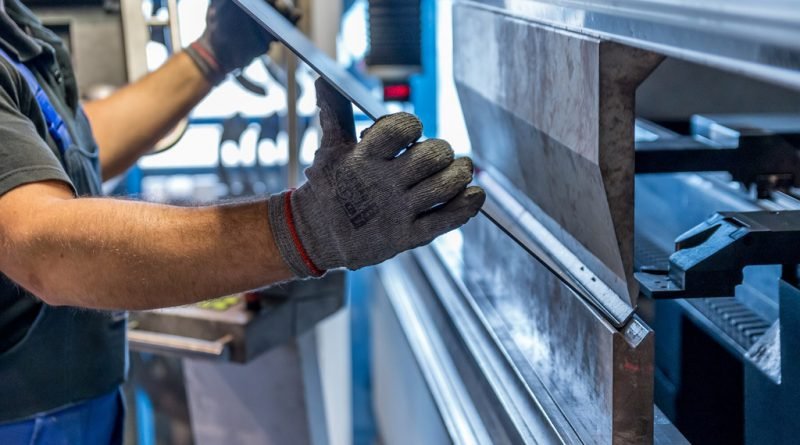Speedy Manufacturing Has Helped To Meet Unfavorable challenges
The Lithuanian economy ended the year with a positive note. Although a number of unfavorable challenges have been faced, the Lithuanian economy has continued to grow. Manufacturing and the more household-oriented service sectors have contributed most to this economic development. Currently available data suggest that, albeit at a slower pace than last year, economic growth is still relatively strong this year. However, given the current favorable and unfavorable risks to economic growth, Lithuania’s economic growth is more likely to be slower than currently projected.
Darius Imbrasas, Chief Economist of the Macroeconomics and Forecasting Division of the Economics Department of the Bank of Lithuania comments, that disruptions in supply chains, increased inflationary pressures and other international challenges have dampened Lithuania’s economic development.
Manufacturing is improving its record sales
According to the preliminary estimate published by the Lithuanian Department of Statistics, in the fourth quarter of 2021 the economy grew by 4.8 per cent year-on-year. The main contributor to this economic development were the manufacturing sector, which outweighed less favorable developments in activity in the construction and some parts of the service sector.
Even in the face of challenges in international markets, Lithuanian manufacturing is improving its record sales. Restrictions on trade with Belarus, the aftermath of the conflict with China, as well as ongoing supply chain disruptions and tensions in commodity markets, have not yet halted the development of manufacturing industries. Lately, it’s been improving sales record almost every month.
At the same time, it should be noted that this trend is characteristic of a large number of manufacturing branches. For example, in the Q4 2021, monthly sales were achieved in the chemical, food, oil refining, capital goods, furniture and wood, plastics and other non-metallic mineral products industries. The transport industry was close to such a record.
Although there are currently no clear signs of a slowdown in the sector, such developments should not be completely ruled out due to the high number of adverse risks, the most important of which are geopolitical challenges, supply chain disruptions, labor shortages and overcapacity.
Turnovers from logistics declined
The development of the service sector is fragmented. Many of the more household-oriented service sectors have recovered relatively quickly, while others, such as the transport sector, have experienced development challenges. After a strong first half of last year, the turnover of freight transport in the second half of the year was again lower than it was before the pandemic. The decline in the volume of both rail and road freight transport has contributed most to this development. As both transport sectors face challenges (rail transport – with sanctions imposed on Belarus, road freight transport – with additional requirements from the mobility package coming into force in February this year), their further development may be limited.
All construction segments shrink
The volume of work in the construction sector remains lower than it was before the pandemic. The situation is similar in all major construction segments – housing, non-residential buildings and civil engineering. True, the development trends in these sectors are different. In the construction of non-residential buildings, a particularly large drop was recorded in 2020, in 2021 signs of recovery were observed. On the opposite, the construction of civil engineering works in 2020 grew, while the second half of 2021 it declined significantly. This development in the latter segment is mainly due to a sharp decline in government investment (not least due to higher estimates of investment projects). This development in the construction sector as a whole is due to a shortage of workers, production facilities and materials. In business trend surveys, the share of construction companies citing labor shortages as a limiting factor is currently the highest since the global financial crisis, and the share of construction companies experiencing shortages of production facilities or materials has been the highest since the release.
Economy is expected to slow down
According to the latest forecasts of the Bank of Lithuania, the growth of the Lithuanian economy this year is expected to be slower than in 2021. Much slower commodity will contribute most to this development and the development of service exports. Such export developments will be influenced not only by geopolitical factors, rising capacity utilization or labor shortages to the highest level since the release of the data, but also by a high comparative base. At the same time, it should be noted that, taking into account the favorable and unfavorable risks to economic growth that are currently visible, the Lithuanian economy is more likely to grow slower than currently expected.




